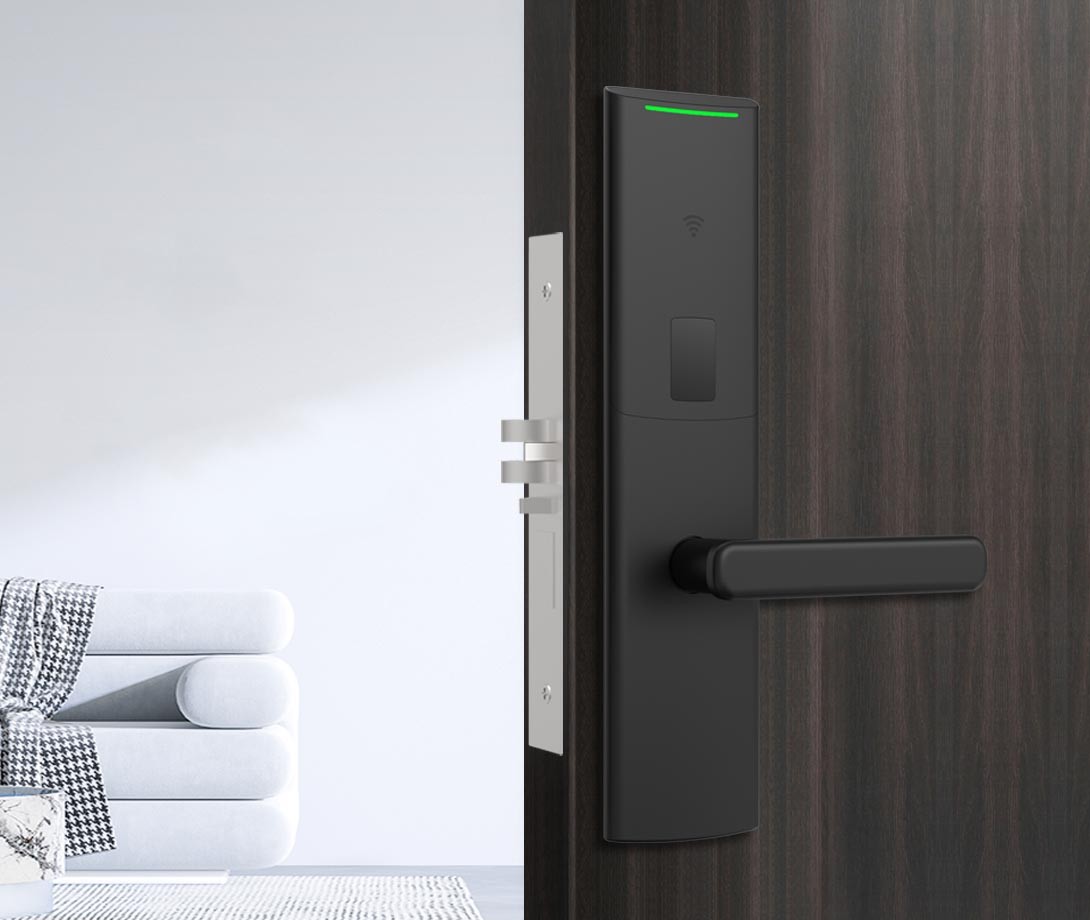Are All Smart Locks Battery Operated? A Complete Guide
Smart locks have revolutionized home security by offering keyless entry and remote access. But one common question many homeowners have is: Do all smart locks require batteries? The answer isn’t as simple as yes or no.
This in-depth guide explores the different power sources for smart locks, their pros and cons, and how to choose the right type for your needs. Whether you’re considering installing a smart lock or just curious about how they work, this article will provide clear, practical information.
Understanding Smart Lock Power Sources
While most smart locks on the market are battery-powered, there are actually three main ways these devices get their power:
- Battery-powered (most common)
- Hardwired with battery backup
- Hybrid systems (combination of both)
Let’s examine each type in detail.
1. Battery-Powered Smart Locks (Most Common)
The majority of residential smart locks operate on batteries. This makes them easy to install since they don’t require any electrical wiring.
How Battery-Powered Smart Locks Work
- Typically use 4-8 AA or AAA batteries
- Some models use specialized lithium batteries (like CR123A)
- Battery life ranges from 6 months to 2 years depending on usage
- Provide warnings when batteries are running low
Advantages of Battery-Powered Locks
Easy installation - No need for an electrician
Portable - Can be moved to different doors
Reliable during power outages - Since they don’t rely on home electricity
Widely available - Most smart lock models use this system
Disadvantages
Require battery changes - Need periodic maintenance
Can fail if batteries die - Risk of being locked out
Performance issues in cold weather - Batteries drain faster in low temperatures
Pro Tip: Always keep spare batteries and know where your physical backup key is stored.
2. Hardwired Smart Locks with Battery Backup
Some high-end smart locks connect directly to your home’s electrical system but include battery backups for power outages.
How Hardwired Smart Locks Work
- Connect to low-voltage doorbell wiring (typically 12-24V)
- Have built-in rechargeable battery backups
- Automatically switch to battery during power failures
- Often used in commercial buildings or high-security homes
Advantages of Hardwired Locks
No battery changes needed - Main power comes from your home
More reliable - Less chance of sudden power loss
Can support more features - Like constant video streaming
Better for high-traffic areas - No worry about frequent battery swaps
Disadvantages
Professional installation required - Need electrical knowledge
More expensive - Both the lock and installation costs
Vulnerable to power surges - May need additional protection
Limited placement options - Must be near power source
3. Hybrid Smart Lock Systems
Emerging technologies are creating new options that combine the best of both worlds.
Innovative Power Solutions
- Solar-powered smart locks - With small integrated solar panels
- Kinetic energy models - That charge when the door is used
- Energy-harvesting systems - That use ambient radio waves
- Dual-power systems - That can switch between sources
While these technologies are still developing, they show promise for creating smart locks that never need battery changes.
Key Factors in Choosing a Power System
When deciding between battery-operated or hardwired smart locks, consider:
- Installation complexity - Are you comfortable with DIY or need professional help?
- Maintenance preference - Do you mind changing batteries periodically?
- Reliability needs - How critical is 24/7 access to this door?
- Budget - Hardwired systems typically cost more upfront
- Location - Extreme temperatures affect battery performance
Battery Life Expectancy Comparison
| Power Type | Typical Lifespan | Maintenance Needed |
|---|---|---|
| Standard AA Batteries | 6-12 months | Replace batteries |
| Lithium AA Batteries | 1-2 years | Replace batteries |
| Hardwired with Backup | 3-5 years (backup) | Occasional battery replacement |
| Rechargeable Systems | 6-12 months per charge | Regular recharging |
What Happens When Power Fails?
Understanding emergency access is crucial regardless of your smart lock’s power source.
For Battery-Powered Locks:
- Use the physical key override (most models have one)
- Some have USB ports for emergency power from a power bank
- Replace batteries immediately when warned
For Hardwired Locks:
- Automatically switch to backup batteries
- Backup typically lasts 24-72 hours
- Physical key override is still available
Future Trends in Smart Lock Power
The industry is moving toward more sustainable and maintenance-free solutions:
- Improved battery technology - Longer-lasting and more efficient
- Energy harvesting - Using motion, light, or radio waves for power
- Standardized power connections - Making hardwired installation easier
- Smart power management - Systems that optimize energy use
Final Recommendations
- For most homes: Battery-powered smart locks offer the best balance of convenience and affordability
- For critical access points: Consider hardwired models with battery backup
- Always have a backup plan: Know where your physical key is and how to access it
- Check power specifications before purchasing any smart lock
Conclusion
While most smart locks are battery-operated, there are excellent alternatives for those who prefer hardwired solutions or are looking for more advanced options. The right choice depends on your specific needs, technical comfort level, and how important maintenance-free operation is to you.
By understanding the different power options available, you can select a smart lock that provides both the convenience you want and the reliability you need. Remember that regardless of power source, any good smart lock should include a physical override option for emergencies.
Smart lock technology continues to evolve, and future innovations will likely make the battery vs. hardwired debate less significant. For now, being informed about your options will help you make the best decision for your home security needs.
Post time: Jun-18-2025


